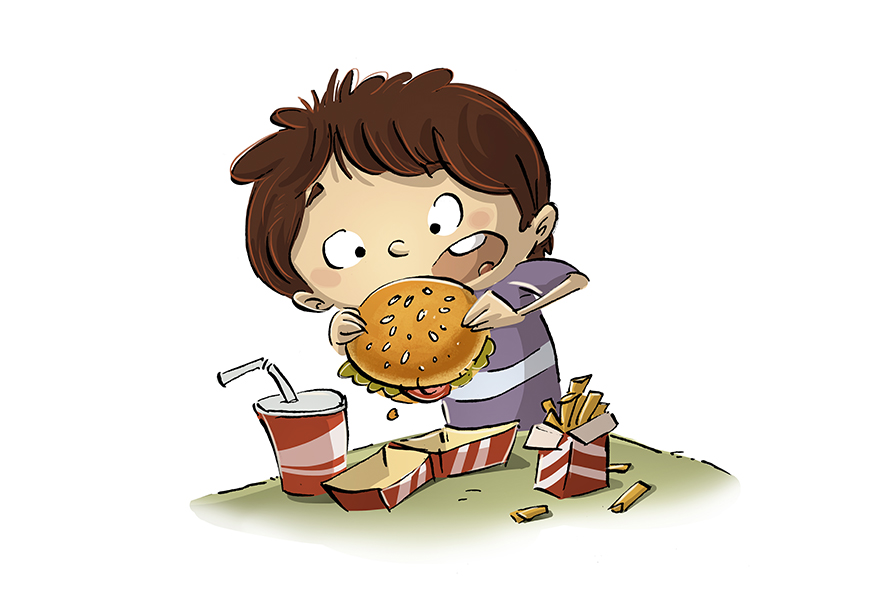How Dining Out Builds Skills
While your budget might put the squeeze on dining out regularly at restaurants, don’t completely cross the option off your meal-time menu. Eating out, even occasionally, can help kids to develop communication skills and learn acceptable behavior in public places.
Manners
Basic etiquette informs those around us that we’re sensitive to them and our surroundings. Consistently practice manners around your family’s dinner table to lay the groundwork for eating out. Whether you choose to dine at the mall food court or a sit-down establishment, role-model how to place a polite order. Coach your youngster to say please and thank you when the server delivers beverages and food.
Self-confidence
Uncertainty is the root of fear. Start small, role-model and practice. Preschoolers can order their own drinks and work up to ordering a main meal. Encourage them to make specific requests like, “May I please have some ketchup?”
Got a kiddo who clams up when talking to adults? Involve him in the process by saying, “You wanted the cheeseburger, right? What kind of cheese would you like?” Eventually, he’ll grow more confident.
Self-control
Dining out often requires kids to stay seated for longer periods of time than they do at home. Set your family up for success by initially choosing kid-friendly places that don’t have long waits, or beat the rush by arriving early. For a popular spot, call ahead to get on the waiting list.
Speaking up
Just when you think your child doesn’t have volume control, her voice drops to a whisper when ordering a drink. Before the server arrives, discuss the menu choices and prep her about what to say. Remind her that because restaurants can be noisy, she should speak up in a clear voice.
Eye contact
When your child orders, remind him to look at the server. Eye contact denotes confidence and signals polite respect. The skill isn’t easy for many people. With time, repetition and maturity, kids can develop this valuable skill.
Social cues
Eating in restaurants helps kids recognize social cues like body language, facial expressions, tone of voice and boundaries. These non-verbals help us discern appropriate behavior in a particular environment. For example you might say: “People talk quietly in this restaurant. We need to keep our voices down, too.”
Patience
Waiting is tough for adults, but it can be excruciating for a hungry tot. Bring a light snack (apples), pack activities (crayons and paper), and play I-Spy or tic-tac-toe.
Small talk
According to the Family Dinner Project, meal time conversation can help build a child’s vocabulary, fosters small-talk skills, and enhances family connection. Ask each other questions. Discuss sports, the weather, the upcoming weekend or tell a humorous story.
By Christa Melnyk Hines

